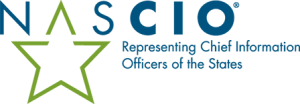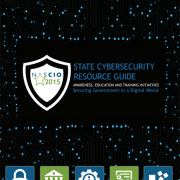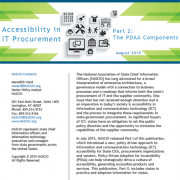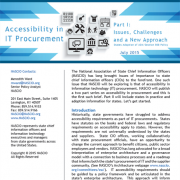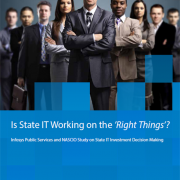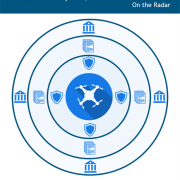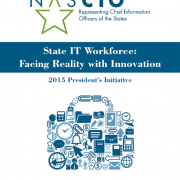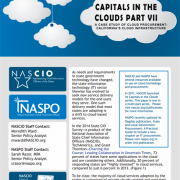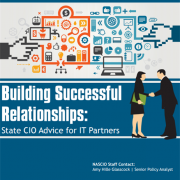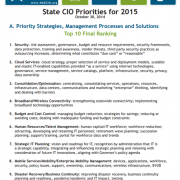NASCIO 2015 Cybersecurity Awareness Resource Guide
For the 2015 observance of National Cyber Security Awareness Month, NASCIO has updated its Resource Guide for State Cybersecurity Awareness, Education, and Training Initiatives. The guide includes new information from our state members, who provided examples of state awareness programs and initiatives. This is an additional resource of best-practice information, together with an interactive state map to allow users to drilldown to the actual resources that states have developed or are using to promote cyber awareness. It includes contact information for the CISO, hyperlinks to state security and security awareness pages, and information describing cybersecurity awareness, training, and education initiatives.
The Resource Guide is a work-in-progress that should provide a valuable reference resource for Cyber Security Awareness Month, as well as the ongoing planning of security awareness and training efforts state programs may undertake thereafter.
